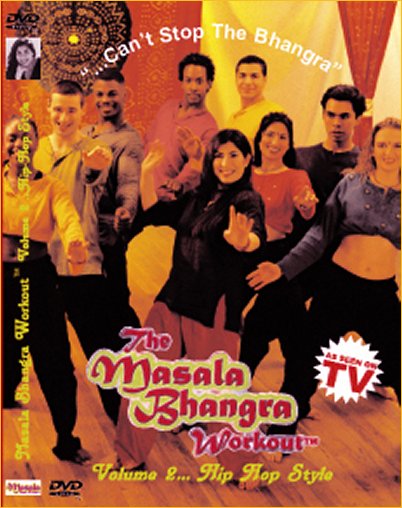What is Bhangra?
Bhangra, a traditional form of folk music and dance that originates in Punjab, a region spanning across northern India and northeastern Pakistan, has become increasingly popular in Western music cultures. More than 500 years ago, traditional bhangra was first performed during harvest festivals, and eventually during other joyous occasions such as wedding and new year celebrations.
Traditional bhangra is most notably recognized for its use of the Dhol, a large, high-bass drum that is played with sticks and strapped around the neck. Generally, people dance to the tune of the drum beats which are sometimes accompanied by singing. Traditionally, men and women both wear colorful costumes. The men wear a lungi (piece of cloth wrapped around the waist) and a kurta (long shirt), while the women wear a traditional dress called a salvar kameez (long shirt and baggy pants), as well as a duppatta (piece of cloth wrapped around the neck).
Bhangra is still performed in this traditional fashion but has also been evolving into a new form of bhangra in recent years. This new version remixes bhangra with Hindi film music, hip-hop, reggae, and house music, and has developed a growing Western audience, particularly in Europe and North America.
Bhangra first emerged in the United Kingdom in the 1970s, and soon after began to influence the British club scene. The presence of a large South Asian diaspora, especially second generation youth throughout Europe, but particularly in the UK, played a vital role in popularizing bhangra as a musical form among western audiences. In the 1990s, bhangra continued to expand even further, permeating North American music scenes. Most recently bhangra has turned back to traditional drum beats, and it is likely that bhangra will continue to change in the 21st century.
